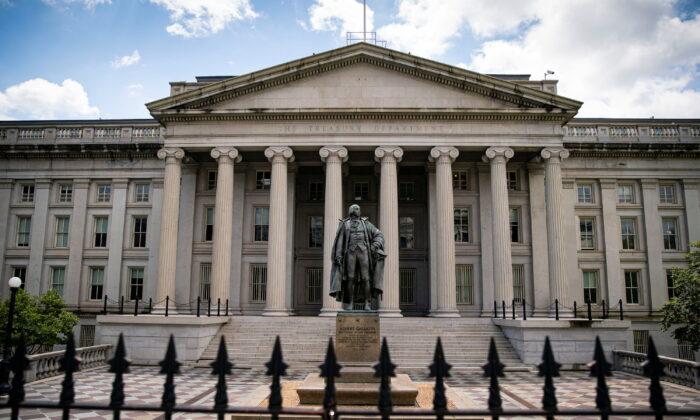The U.S. Department of Treasury has announced the reallocation of $690 million under the Emergency Rental Assistance Program (ERA) to help those facing financial hardship avoid eviction.
According to a Treasury Department press release from Jan. 24 they have reallocated more than $3.5 billion for the ERA program and have made more than 8 million unique household payments for families who are at risk of losing their homes.
Treasury stated that the billions of dollars might have otherwise gone unused.
Sending the funds to areas where there was a perceived need has created an incentive for communities to “expeditiously connect households and families with this federal aid.”
The department went on to say, “Studies have also shown that the distribution of ERA funds has gone to low-income and/or traditionally under-served renters of color.”
The successful deployment of ERA money is due in part to the Treasury’s strategy of reallocating unused monies to areas of demonstrated need.
According to the department, it recognized early that some grantees were swiftly consuming available resources, others were working hard to boost spending, and some would be unable to completely deploy available monies within the program’s existence.
What the ERA Program Does
The ERA is a program that provides financial assistance to eligible renters and landlords to help with the cost of rent and utilities. The program was created as part of the Coronavirus Response and Relief Supplemental Appropriations Act, 2021 (CRRSAA) and the Consolidated Appropriations Act, 2021 (CAA).It gives financial assistance to renters who are facing economic hardship as a result of the COVID-19 pandemic, including those who have lost income. The program is designed to help individuals and families who are at risk of eviction or homelessness, and it provides funds to cover the cost of rent and utilities for up to 12 months.
The CRRSAA was a $900 billion stimulus package that was passed by Congress and signed into law by President Trump in December 2020 to provide financial relief to individuals and businesses affected by the pandemic. It included provisions for direct payments to individuals, unemployment benefits, small business aid, and funding for vaccine distribution, among other things.
The Consolidated Appropriations Act, 2021, was a spending bill passed by Congress to fund the federal government through September 2021. The bill included provisions to extend unemployment benefits, increase funding for vaccine distribution, and provide additional aid to businesses and individuals affected by the pandemic.
Other Possible Program Outcomes
Treasury also actively promoted voluntary reallocations decided by multiple authorities within the same state.For example, if a state program was effective in promptly deploying funds to inhabitants of a particular municipality, that municipality could elect to collaborate with Treasury to voluntarily send its monies to the state ERA program—or vice versa.
Since the inception of ERA, the vast majority of redistributed funds have been routed through this voluntary system.
Eligible renters must meet certain income requirements and can apply for assistance through a participating state, or local government. Landlords can also apply for assistance on behalf of their tenants. The program is administered through a grant process, and payments will be made directly to landlords and utility companies, not the renters.
The program is time-limited, and the funds have to be obligated by the end of September 2023, and must be spent by Dec. 31, 2024.





